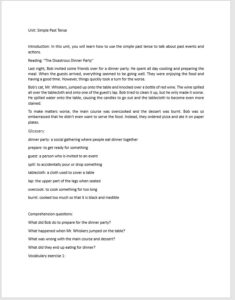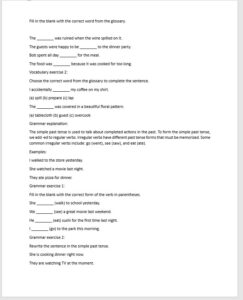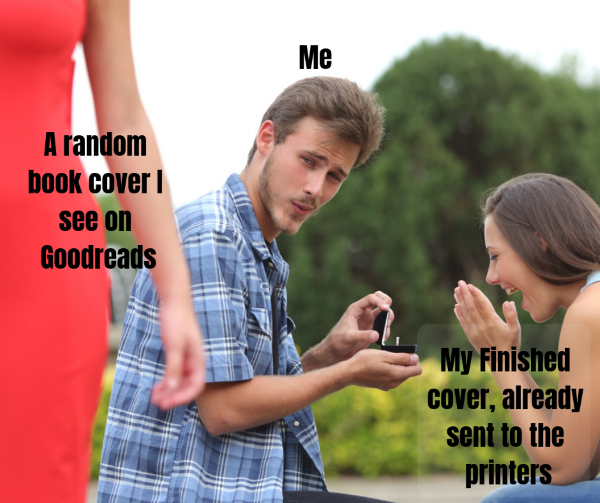I’ve been seeing a lot of posts lately about in self-publishing forums and groups about copyright issues. There’s a lot of talk about Amazon / KDP cancelling accounts or removing books allegedly for no reason. Of course, we very often have one side of the story. Amazon are notoriously opaque about why they remove a title or an entire account, even when they may be quite right to do so.
Today, I read about a woman whose book cover was flagged by Amazon for potential copyright violation over the cover image. You can read the full story here including how she resolved the problem, but basically her cover designer had used a free image from Unsplash.com. So even though she had a written contract from the designer saying she could use the cover, she needed permission from the photographer, the creator of the image. One of the dangers of using free images is that it can sometimes be hard to prove they are not copyrighted by someone.
The issue is that Amazon (like any company) has no obligation to work with you. Copyright law, in the US at any rate, is decided on a case-by-case basis. What constitutes a copyright violation may depend on context, intent, length, reach, and potential impact. That is a good thing in general, but it does mean whether or not a book gets flagged for copyright violation can feel arbitrary or even personal. And so companies have to do risk-assessment and set ground rules to protect themselves.
Not every company will make the same decision. I have a set of Minecraft ebooks out and even though Mojang has pretty clear guidelines about use of Minecraft, several book distributors refused to distribute those books. They said they’ve had problems before and it’s just not worth it to them (Funnily enough, Amazon did publish my Minecraft ebooks). Interestingly, the other companies were quick to give me their feedback and tell me the exact problem. The print distributor also agreed that they would keep the print book up for me to order and sell personally, which was a nice compromise.
The Takeaway
So what’s the upshot?
- Don’t be mad if a distributor or publisher flags you for an issue. Yes, Amazon could be more transparent. They could give warnings before removing a book. Maybe that will change. However, Amazon isn’t wrong to flag books that could violate copyright. I can tell you in the education business that people selling pirated textbooks is a huge problem, so I’m happy to see a major company take intellectual property issues seriously. Assume good intentions and stay calm.
- Answer the emails with as much information as you can and keep at it. Think about every person down the line who might have to give permission. Don’t give up. Stay calm and persistent.
- If you discover that you really did make a mistake or violated an Amazon policy, try to resolve it. Can you remove the flagged material without too much effort, cost, or impact on your book? Maybe that’s all it takes.
- When creating a work, make sure you have permission from every person whose words, images, or likenesses are involved including your students, fellow teachers, and other published authors. That doesn’t mean you can’t use their work. Just try to get their permission. This is perfectly normal for publishing, even academic publishing where a book might cite 20-50 other works!
I hope this post has provided some useful information. Common sense can get you through a lot of issues, but I always recommend contacting a lawyer if you’re unsure about a particular issue. There are a lot of great copyright / IP lawyers out there that are happy to help you out!
So what copyright issues have you had and how did you resolve them?











